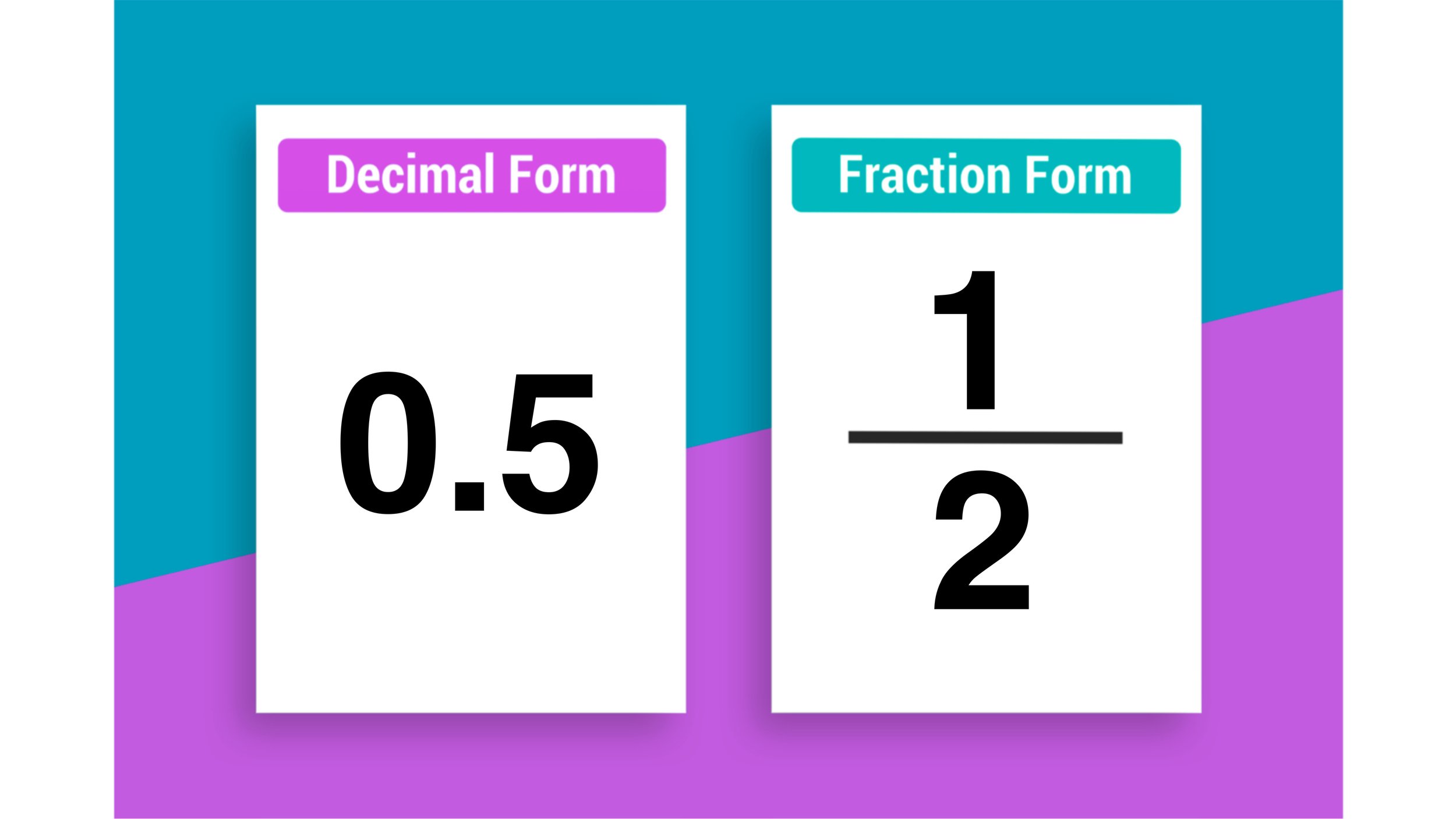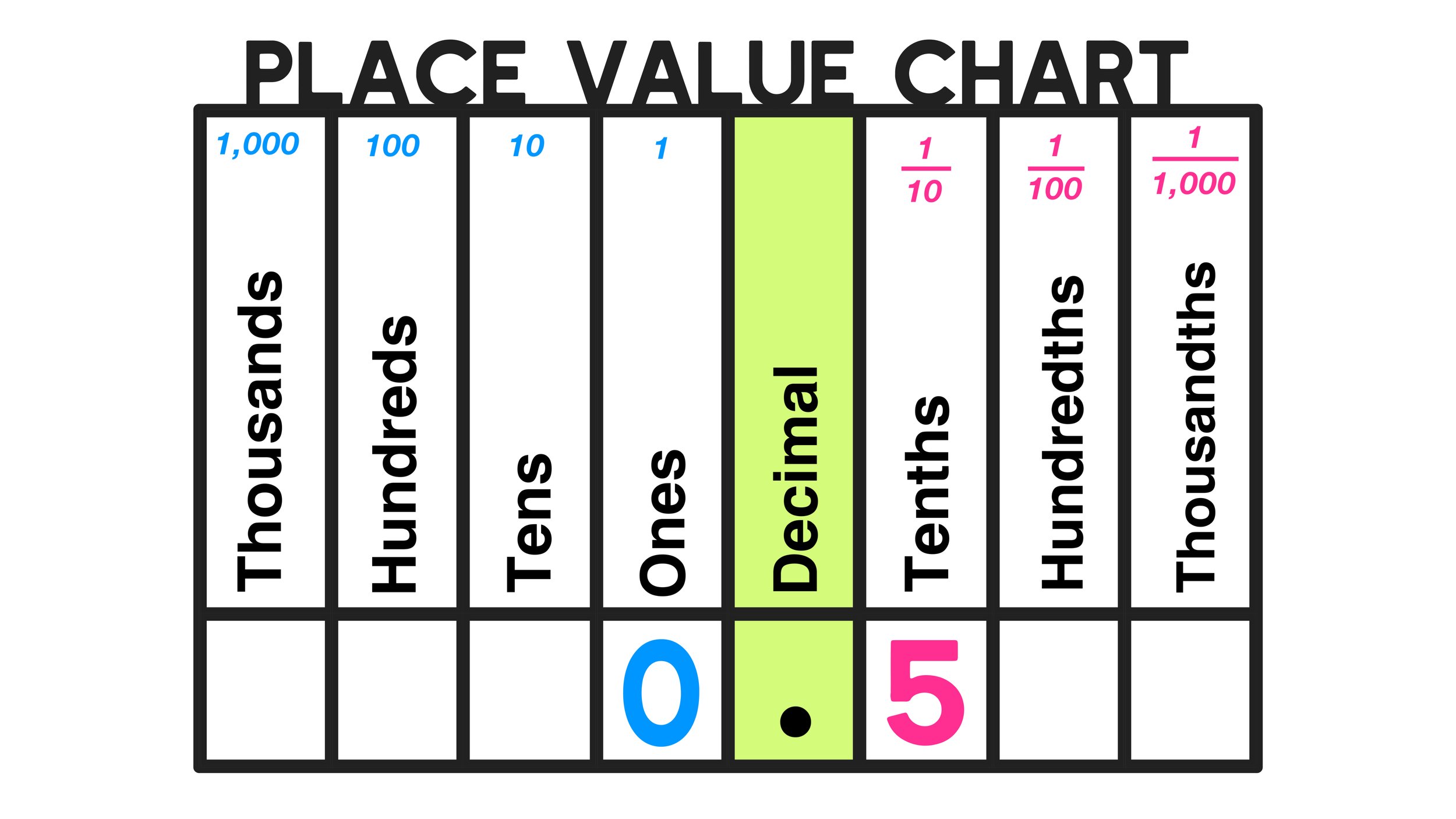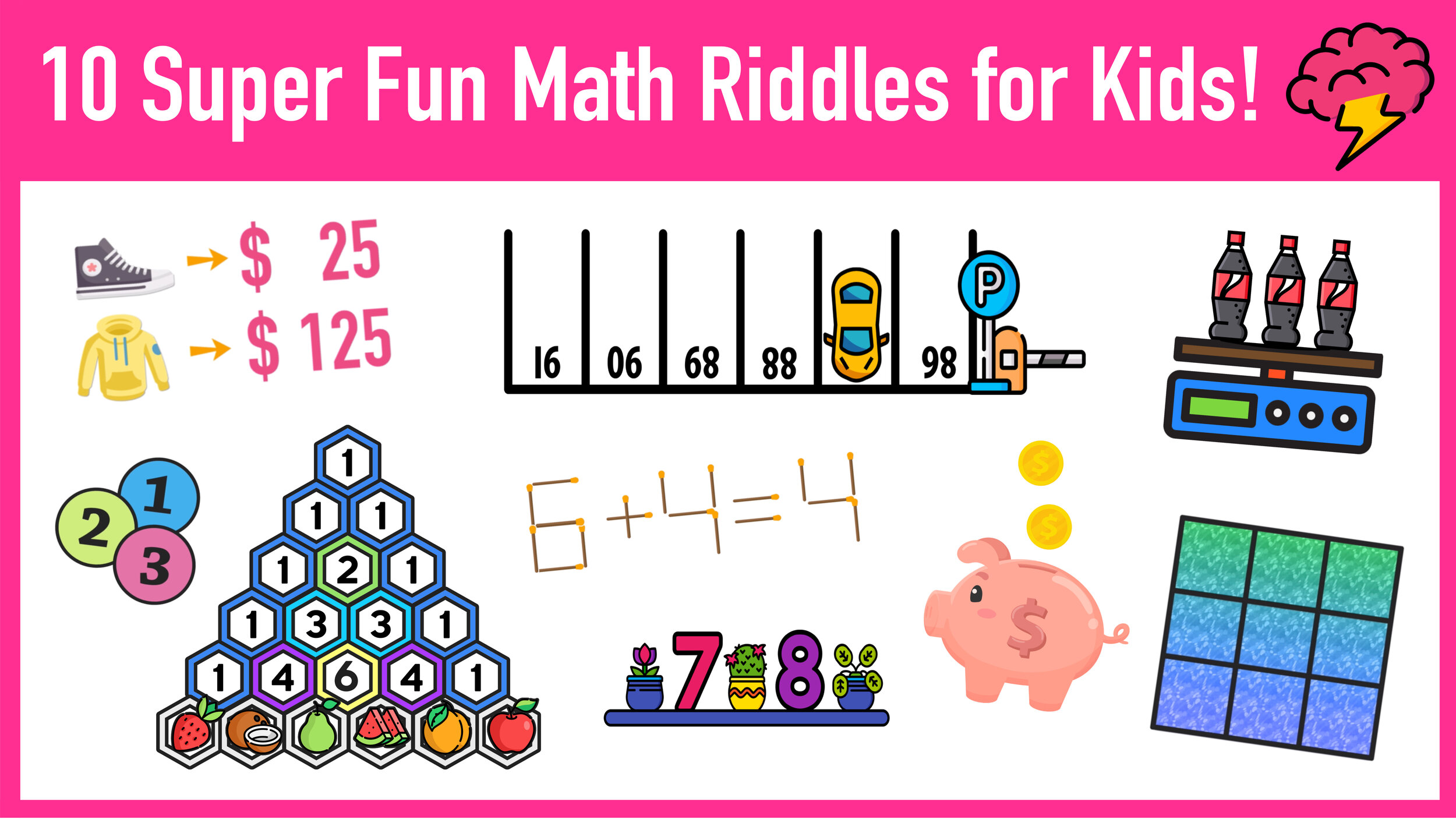What is 0.5 as a fraction?
What is 0.5 as a fraction?
Understanding how to convert values from decimal form to fraction form is an important and useful math skill. Whether you rely on memorizing common conversions or if you prefer to do the computations by hand, the most important thing is that you understand the concept that numbers in decimal and their equivalent fraction form are both equal to the same value (i.e. they are different ways of expressing the same value!). The following guide focuses on one of the most commonly seen decimals—0.5 as a fraction. In addition to an instant answer below, you can continue reading to learn a step-by-step process for expressing 0.5 as a fraction (or any other decimal for that matter!).
Answer: 0.5 as a fraction equals 1/2
Okay, you now know that 0.5 as a fraction is 1/2 (or one-half). But why? If you are interested in the math behind this conversion, keep reading…
Why is 0.5 as a fraction 1/2?
Our guide continues below with a simple 3-step method for expressing 0.5 as a fraction in simplest form:
Step #1: The first step to converting 0.5 into a fraction is to determine the place value of the final digit, which is the number that is farthest to the right of the decimal place. Determining this digit for 0.5 is pretty easy, since there is only one digit to the right of the decimal point—5. As for the place value slot, the 5 is in the tenths place value slot (10).
We can use a place value chart to help visualize why the 5 digit is in the tenths place value slot as seen in Figure 01 below:
Figure 01: What is 0.5 as a fraction? 5 is in the tenths place value slot.
Are you looking to learn how to convert any decimal to a fraction? Click here to access our free student guide: How to Convert a Decimal to a Fraction in 3 Easy Steps
Step #2: Now that you know the place value of the last digit, the next step is to rewrite 0.5 as a fraction over one:
0.5/1
So, now we have 0.5 expressed as a fraction with a denominator of 1. From here, multiply the numerator and the denominator by the place value identified in the first step, which is 10 because the final digit is in the tenths place value slot.
(0.5 x 10) / (1 x 10) = 5/10
This result of 5/10 is a fraction that is equivalent to 0.5. While it is technically okay to stop here, it is a best practice to take one more step and see if your fraction can be further reduced (i.e. expressed in simplest form).
Step #3:
To see whether or not we can simplify our fraction from the previous step (5/10), we just have to look for a Greatest Common Factor (GCF) between both the numerator (5) and the denominator (10). If there is a GCF, then all you have to do is divide it into both the numerator and the denominator and your result will be a simplified fraction.
To check for a GCF, first list all of the factors of 5 (numerator) and 10 (denominator):
Factors of 5: 1, 5
Factors of 10: 1, 2, 5, 10
Clearly, the GCF is 5.
Finally, we can simplify 5/10 by dividing the GCF of 5 into both the numerator and denominator as follows:
(5 ÷ 5) / (10 ÷ 5) = 1/2
Conclusion: 0.5 as a fraction is 1/2
Keep Learning:
Looking to learn How to Convert a Decimal to a Fraction in 3 Easy Steps?
Click the link below to access our free step-by-step guide for students!
Tags: what is .375 as a fraction, what is 0.375 as a fraction, what is 375 as a fraction, what's 375 as a fraction, .375 as a fraction, 0.375 as a fraction, .375 as fraction, 375 as a fraction, what is .375 as a fraction, 375 as a fraction in simplest form,












